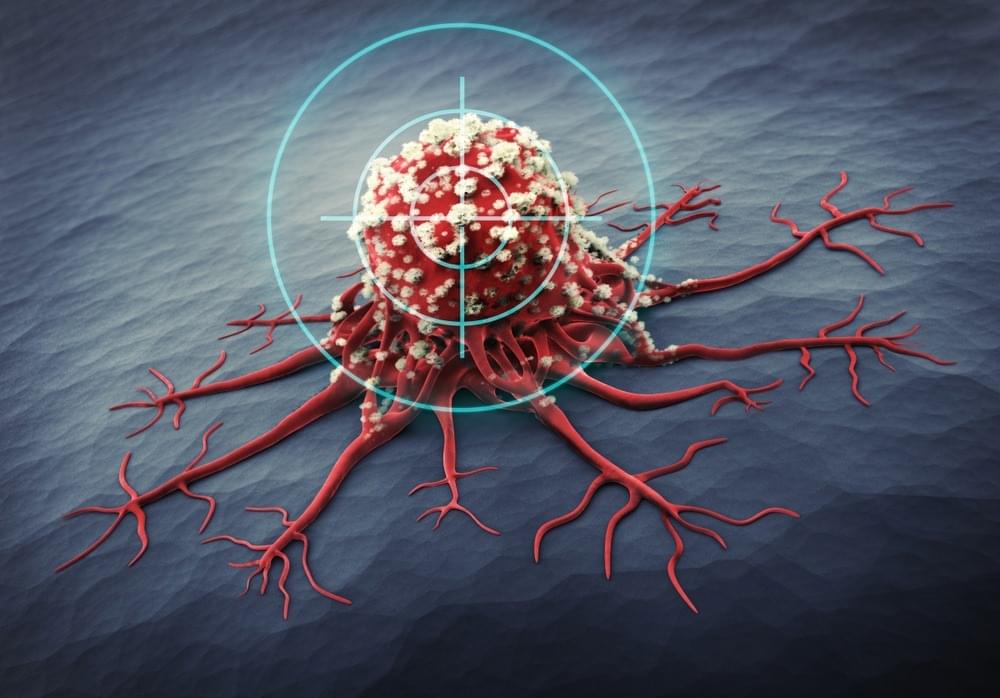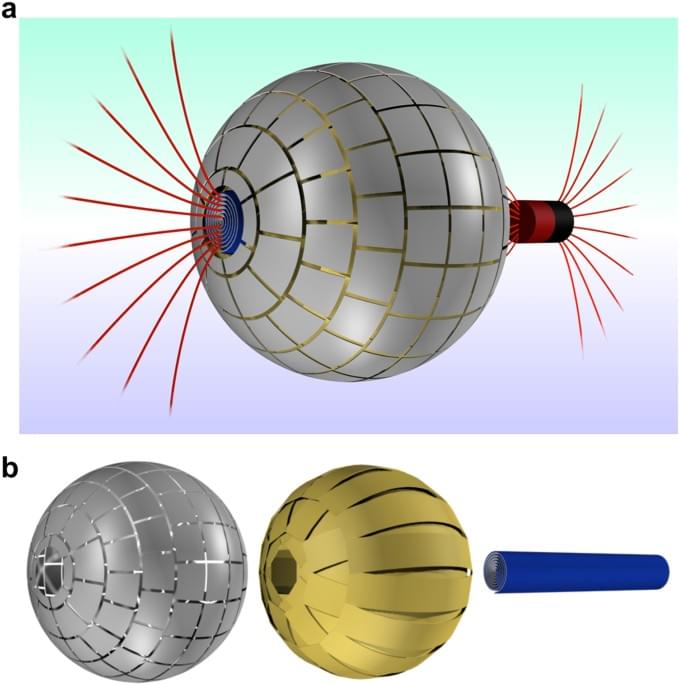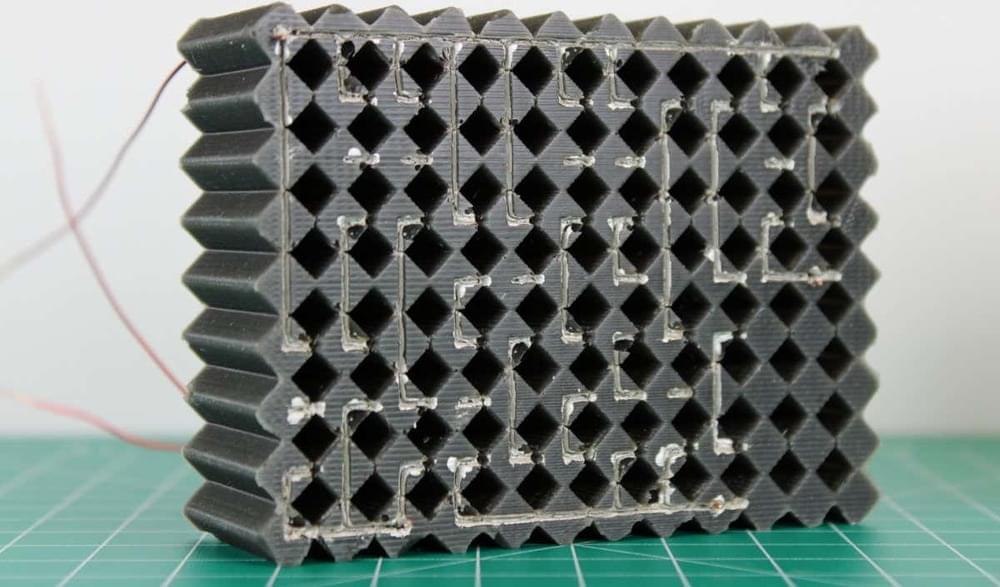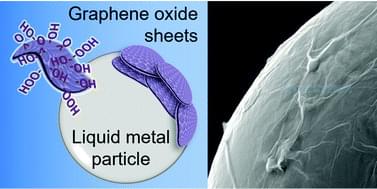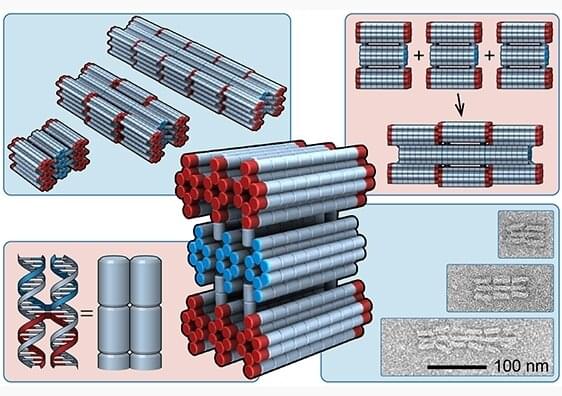Nov 21, 2022
SpaceX ship headed 1000 kilometers out to sea for expendable Falcon 9 launch
Posted by Genevieve Klien in category: satellites
A SpaceX recovery ship is headed more than a thousand kilometers downrange to support the second expendable Falcon 9 rocket launch in nine days.
No earlier than (NET) 9:57 pm EST (02:57 UTC) on Monday, November 21st, a Falcon 9 rocket is scheduled to lift off from SpaceX’s Cape Canaveral Space Force Station (CCSFS) LC-40 pad carrying the Eutelsat 10B geostationary communications satellite. For unknown reasons, the French communications provider paid extra to get as much performance as possible out of Falcon 9, requiring SpaceX to expend the rocket’s booster instead of attempting to land and reuse it.
The mission will be Eutelsat’s third Falcon 9 launch in less than three weeks and will wrap up a trio of launch contracts the company secretly signed with SpaceX to move satellites off of competitor Ariane Group’s unavailable Ariane 5 and delayed Ariane 6 rockets. In a rare coincidence, Eutelsat 10B will also be SpaceX’s second expendable Falcon 9 launch in a row and the third Falcon launch to expend a booster this month. But like those two other missions, not all of the Falcon rocket tasked with launching Eutelsat 10B will be lost.

